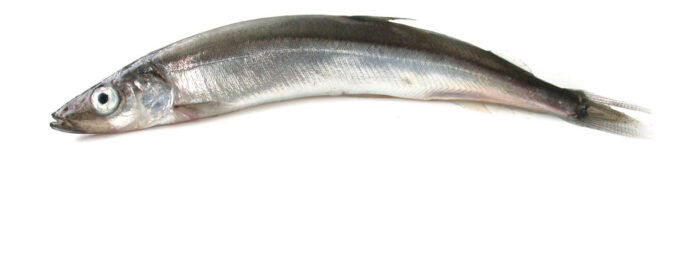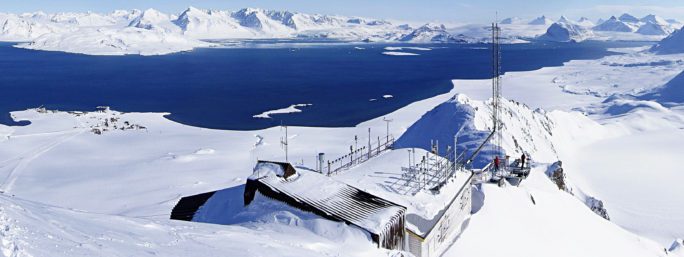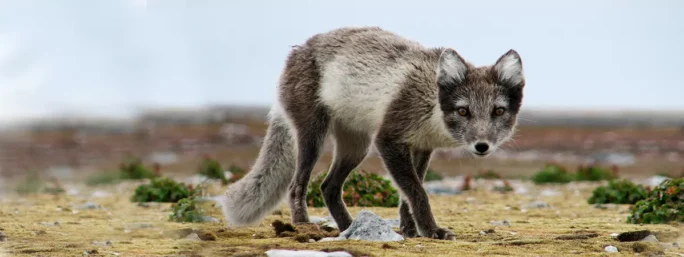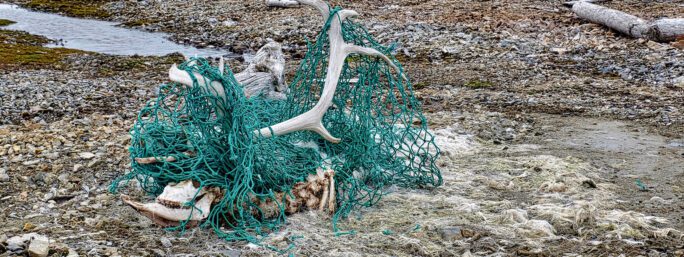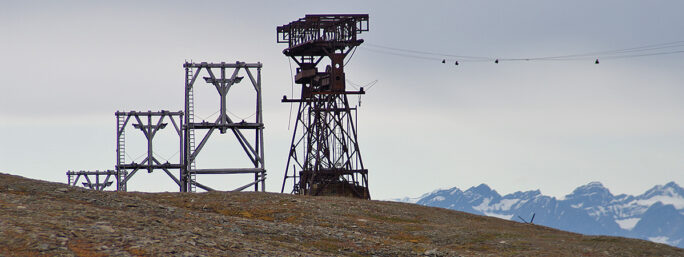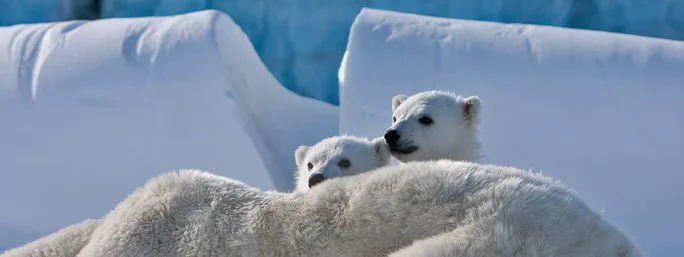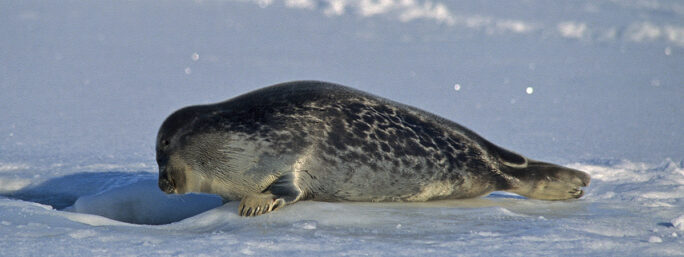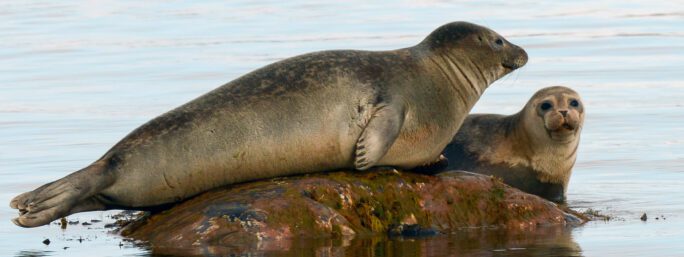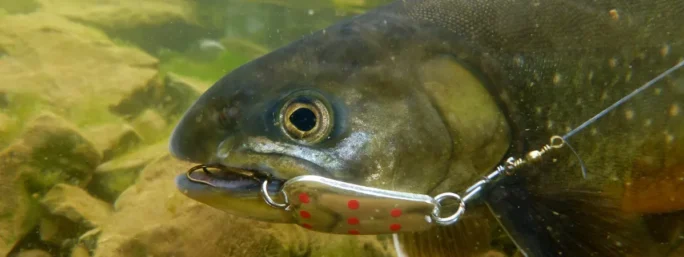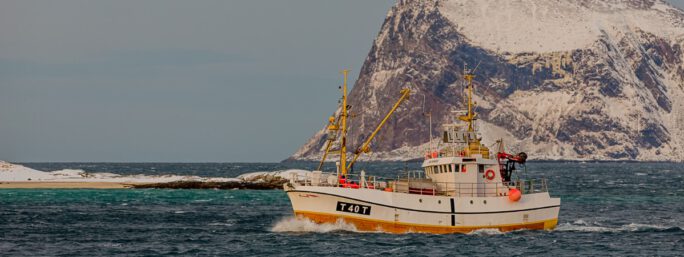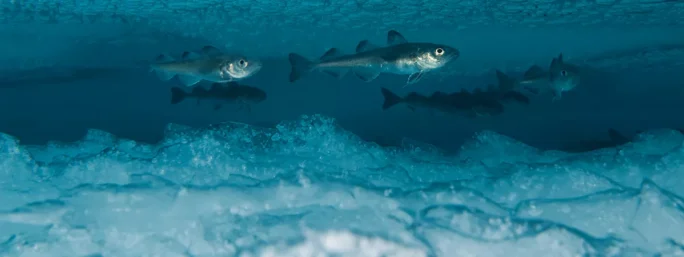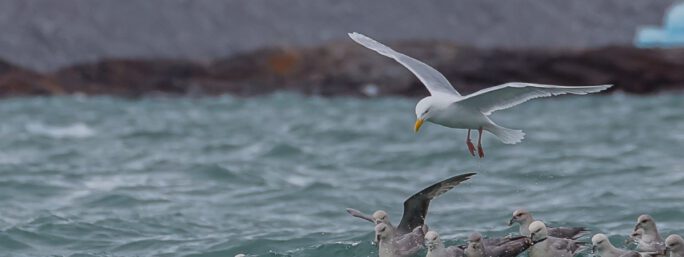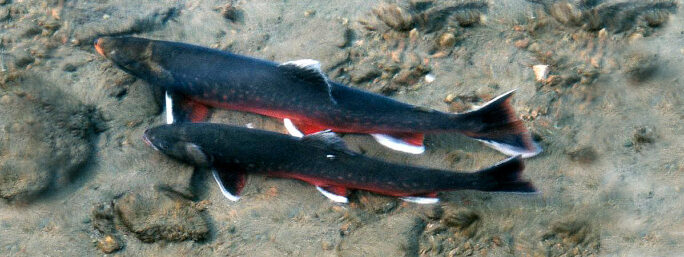Pollution
Pollutants in the Arctic are mainly transported from southerly latitudes by winds, ocean currents and rivers. Many of the substances are transferred through nutrition, from the lower levels on the food chain, such as polar cod and capelin, to the higher trophic levels. Thus, species at the top of the marine food chain, such as polar bears and glaucous gulls, accumulate high concentrations of pollutants.
Many of the substances also bind to fat, and arctic species typically build up fat reserves to protect them from the cold and give them a source of energy when food is scarce. When they consume this fat, the pollutants are released into their blood stream. So despite the fact that the air and the water are cleaner in the Arctic than further south, even though damaging effects may occur in top-predators.

